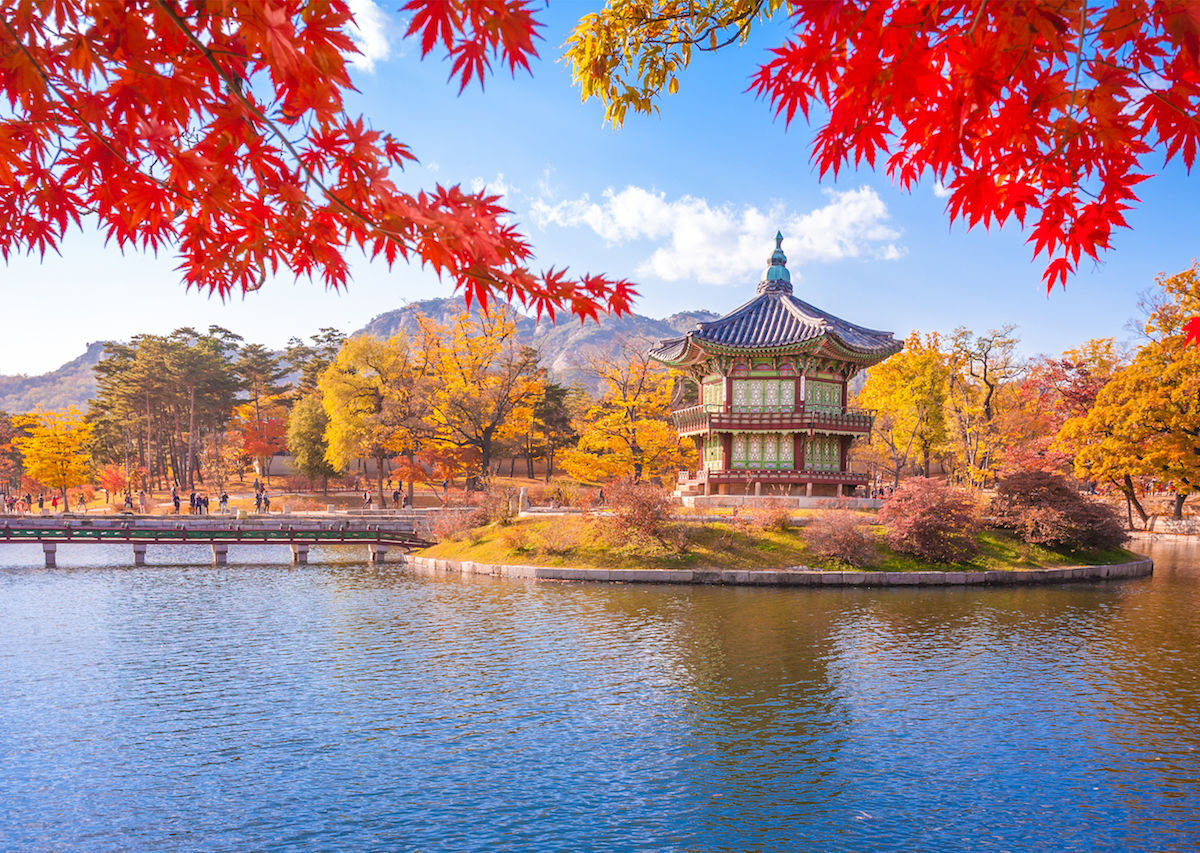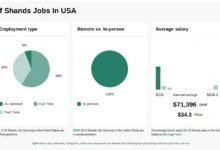Korean Wave: Exploring the Culture’s Global Impact

Introduction to Korean Culture and Language

Korean culture and language have gained significant attention worldwide in recent years, thanks to the rise of K-pop, K-drama, and Korean cuisine. The Korean language, also known as Hangul, is a unique and fascinating language that has a distinct writing system, grammar, and vocabulary. In this article, we will delve into the world of Korean culture and language, exploring its history, characteristics, and significance in the modern world.
The Korean language is spoken by over 77 million people worldwide, primarily in South Korea and North Korea. It is a member of the Koreanic language family and is considered a language isolate, meaning that it does not belong to any other language family. The Korean language has a rich history, with the earliest known written records dating back to the 15th century.
History of the Korean Language
The Korean language has a long and complex history, with various forms of the language emerging over the centuries. The earliest known form of the Korean language is Old Korean, which was spoken from the 15th to the 17th centuries. During this period, the Korean language was heavily influenced by Chinese, with many Chinese loanwords being incorporated into the language.
In the 17th century, the Korean language underwent a significant transformation with the creation of the Hangul writing system. Hangul was invented by King Sejong, the fourth king of the Joseon Dynasty, in 1443. The new writing system was designed to be easy to learn and use, with a focus on simplicity and phonetic accuracy. The introduction of Hangul had a profound impact on the Korean language, allowing for greater literacy and communication among the population.
Over the centuries, the Korean language has continued to evolve, with various dialects and forms emerging. Today, there are several dialects of Korean, including the standard dialect, which is spoken in Seoul and is the most widely used form of the language. Other dialects include the Gyeongsang dialect, spoken in the southeastern region of South Korea, and the Jeju dialect, spoken on the island of Jeju.
Characteristics of the Korean Language
The Korean language has several unique characteristics that distinguish it from other languages. One of the most notable features of Korean is its writing system, which consists of 14 consonants and 10 vowels. The Korean alphabet is written from top to bottom, with the consonants and vowels combined to form syllabic blocks.
Korean grammar is also distinct, with a subject-object-verb word order. The language has a complex system of honorifics, which are used to show respect and politeness. There are several levels of honorifics, including formal, informal, and polite forms, which are used depending on the context and the relationship between the speaker and the listener.
Korean vocabulary is a mix of native words and loanwords, with many words borrowed from Chinese and other languages. The language has a rich tradition of idiomatic expressions and proverbs, which are used to convey complex ideas and emotions.
Korean Language in the Modern World
In recent years, the Korean language has gained significant attention worldwide, thanks to the rise of K-pop, K-drama, and Korean cuisine. The language is now taught in schools and universities around the world, with many students interested in learning about Korean culture and language.
The Korean language has also become an important tool for business and trade, with many companies looking to expand into the Korean market. The language is used in a variety of contexts, including international relations, tourism, and education.
With the increasing popularity of Korean culture, there is a growing demand for Korean language courses and resources. Many online platforms and language learning apps now offer Korean language courses, making it easier for people to learn the language.
Korean Culture and Traditions
Korean culture is rich and diverse, with a long history of traditions and customs. The country has a strong emphasis on family, social hierarchy, and respect for authority. Korean culture is also known for its vibrant arts scene, with a focus on music, dance, and visual arts.
One of the most important Korean traditions is the celebration of holidays and festivals. The Korean New Year, known as Seollal, is a significant holiday, which is celebrated over three days in January or February. The holiday is marked by traditional foods, such as tteokguk (rice cake soup) and mandu (Korean dumplings), as well as traditional games and activities.
Another important tradition is the celebration of Chuseok, which is a harvest festival that takes place in the fall. The holiday is marked by traditional foods, such as songpyeon (half-moon-shaped rice cakes) and makgeolli (traditional Korean rice wine), as well as traditional games and activities.
Korean Cuisine
Korean cuisine is known for its bold flavors, spices, and variety of dishes. The country is famous for its kimchi, a traditional side dish made from fermented vegetables, usually cabbage or radish, which is seasoned with chili peppers, garlic, and other spices.
Other popular Korean dishes include bibimbap, a rice bowl dish topped with an assortment of vegetables, meat (usually beef), and a fried egg, as well as bulgogi, a marinated beef dish that is grilled or stir-fried. Korean barbecue is also popular, with a focus on grilled meats, such as beef, pork, and chicken.
Korean cuisine has a strong emphasis on seasonality, with dishes changing depending on the time of year. The country is also known for its traditional desserts, such as patbingsu (shaved ice with sweet red bean, mochi, and fruit) and hotteok (sweet pancakes filled with honey, sugar, and cinnamon).
Korean Arts and Entertainment
Korean arts and entertainment have gained significant attention worldwide in recent years, thanks to the rise of K-pop, K-drama, and Korean film. K-pop, short for Korean pop music, is a genre of music that has become incredibly popular worldwide, with groups such as BTS, Blackpink, and EXO achieving international success.
K-drama, short for Korean drama, is a genre of television drama that has become incredibly popular worldwide, with shows such as “Crash Landing on You” and “Vagabond” achieving international success. Korean film has also gained significant attention, with movies such as “Parasite” and “Train to Busan” winning international awards.
Korean arts and entertainment have a strong emphasis on storytelling, with a focus on drama, romance, and action. The country has a rich tradition of folk music and dance, with many traditional instruments and dances still performed today.
Learning Korean Language and Culture

Learning Korean language and culture can be a rewarding and challenging experience. There are many resources available for learning Korean, including language courses, textbooks, and online platforms.
One of the best ways to learn Korean is through immersion, with many students choosing to study abroad in Korea or participate in language exchange programs. Language exchange programs allow students to practice their language skills with native speakers, while also learning about Korean culture and customs.
There are also many online resources available for learning Korean, including language learning apps, such as Duolingo and Rosetta Stone, as well as online courses and tutorials. Many universities and language schools also offer Korean language courses, with a focus on reading, writing, and conversation.
Tips for Learning Korean Language
Learning Korean language can be challenging, but there are several tips that can help. One of the most important things is to practice regularly, with a focus on reading, writing, and conversation.
It’s also important to immerse yourself in the language, by listening to Korean music, watching Korean movies and TV shows, and speaking with native speakers. Many language learners also find it helpful to learn the Korean alphabet, which can make it easier to read and write in Korean.
Another tip is to focus on grammar and vocabulary, with a focus on common phrases and expressions. Many language learners also find it helpful to use flashcards and language learning apps to practice their vocabulary and grammar.
- Practice regularly, with a focus on reading, writing, and conversation
- Immerse yourself in the language, by listening to Korean music, watching Korean movies and TV shows, and speaking with native speakers
- Learn the Korean alphabet, which can make it easier to read and write in Korean
- Focus on grammar and vocabulary, with a focus on common phrases and expressions
- Use flashcards and language learning apps to practice your vocabulary and grammar
Resources for Learning Korean Language and Culture
There are many resources available for learning Korean language and culture, including language courses, textbooks, and online platforms. Some popular resources include:
- Duolingo: A language learning app that offers a Korean course
- Rosetta Stone: A language learning software that offers a Korean course
- KoreanClass101: An online Korean language course that offers audio and video lessons
- TTMIK: A popular Korean language learning podcast that offers lessons and interviews with native speakers
- Korean language exchange programs, such as Homestay Korea and Language Exchange Korea
There are also many textbooks and language learning materials available, including “Korean for Beginners” and “Integrated Korean”. Many universities and language schools also offer Korean language courses, with a focus on reading, writing, and conversation.
Conclusion
In conclusion, the Korean language and culture are rich and diverse, with a long history of traditions and customs. The language is unique and fascinating, with a distinct writing system, grammar, and vocabulary. Korean culture is known for its vibrant arts scene, delicious cuisine, and strong emphasis on family and social hierarchy.
Learning Korean language and culture can be a rewarding and challenging experience, with many resources available for language learners. Whether you’re interested in K-pop, K-drama, or Korean cuisine, there’s never been a better time to learn about Korean language and culture.
With the increasing popularity of Korean culture, there is a growing demand for Korean language courses and resources. Many online platforms and language learning apps now offer Korean language courses, making it easier for people to learn the language.
So why not start your Korean language learning journey today? With its unique writing system, rich culture, and delicious cuisine, Korean is a language that has something to offer everyone. Whether you’re a beginner or an advanced learner, there’s never been a better time to learn about Korean language and culture.









